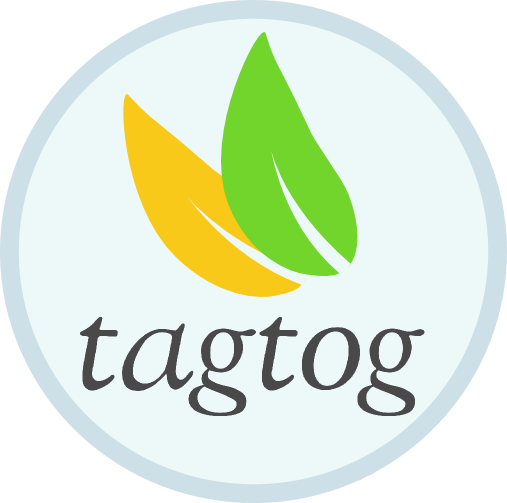You can import markdown (.md) files onto tagtog.
In particular, we target a subset of CommonMark (spec 0.28) + tagtog-blocks 🧱 (tagtog-flavored styles for code blocks).
![]()
Supported
Only-text actual content is supported; in particular:
- headings
- paragraphs
- code blocks (both within back ticks or indented)
- images (not inline)
- lists (both unordered, ordered, and nested)
- tagtog-blocks 🧱 (tagtog-flavored styles for code blocks). With tagtog-blocks you can customize the layout of your documents to best annotate tasks for: Q&A (Question & Answering), tweets, chatbots, etc.
Not Supported
The following elements are not interpreted, but parsed as is and escaped. For example, _em_ is visualized on tagtog literally as _em_ (and not as em).
- Inline content and styles; in particular:
**bold**,_emphatic_,code,~~scratched~~,,[links](url). - Other special style-only elements; in particular: horizontal lines (
<hr/>or---) or line breaks (<br/>). - HTML-only elements. In particular, HTML entities are not escaped either, neither in code spans or code blocks, nor in the rest of content types (e.g. paragraphs).
- Block quotes. Please let us know if you need them. A current alternative is the tagtog-block:
quote. - Tables. Please let us know if you need them. A current alternative is the tagtog-block addon:
multi-column.
Example
Here is a markdown reference file file to know how it’s parsed and visualized in tagtog.
